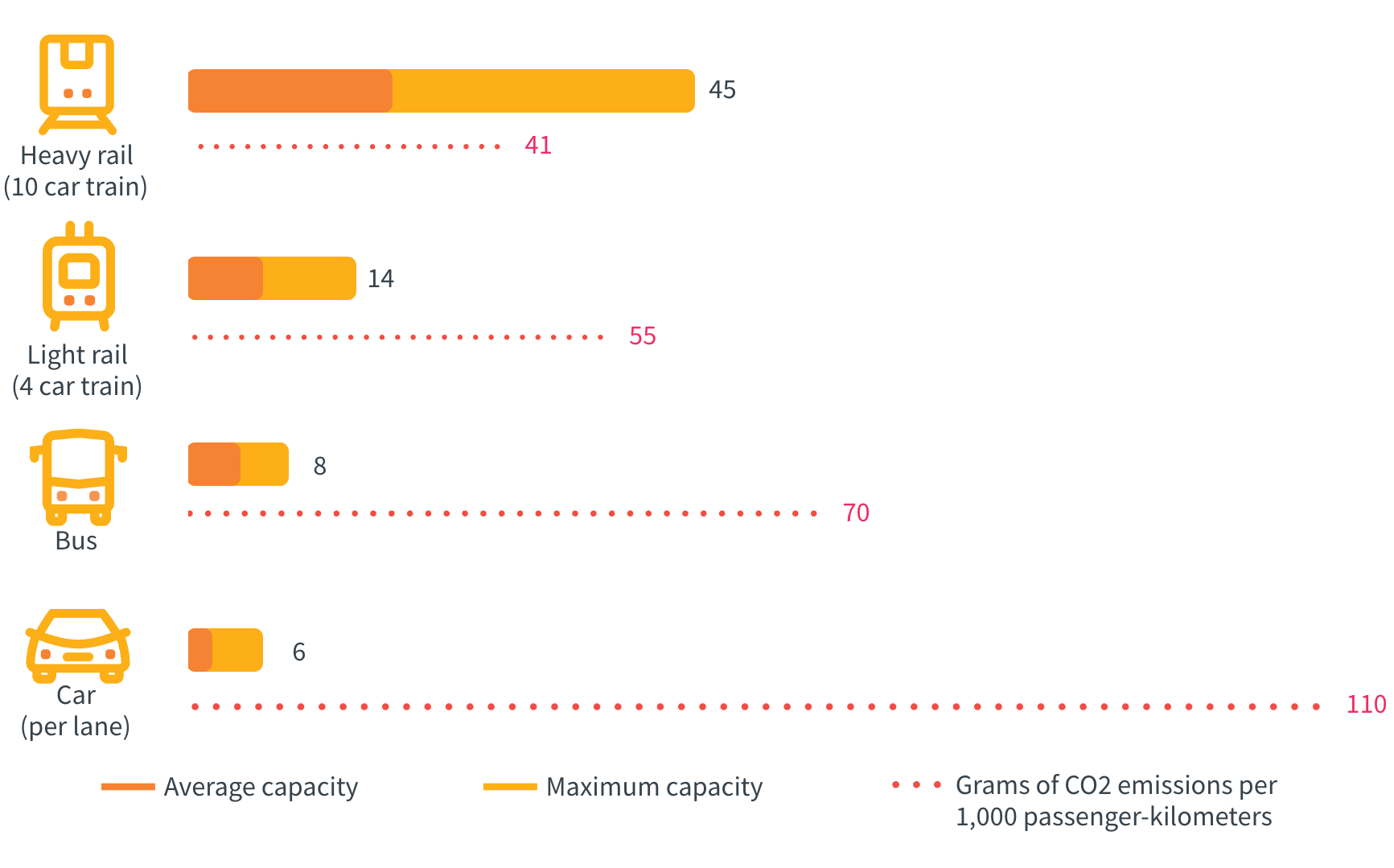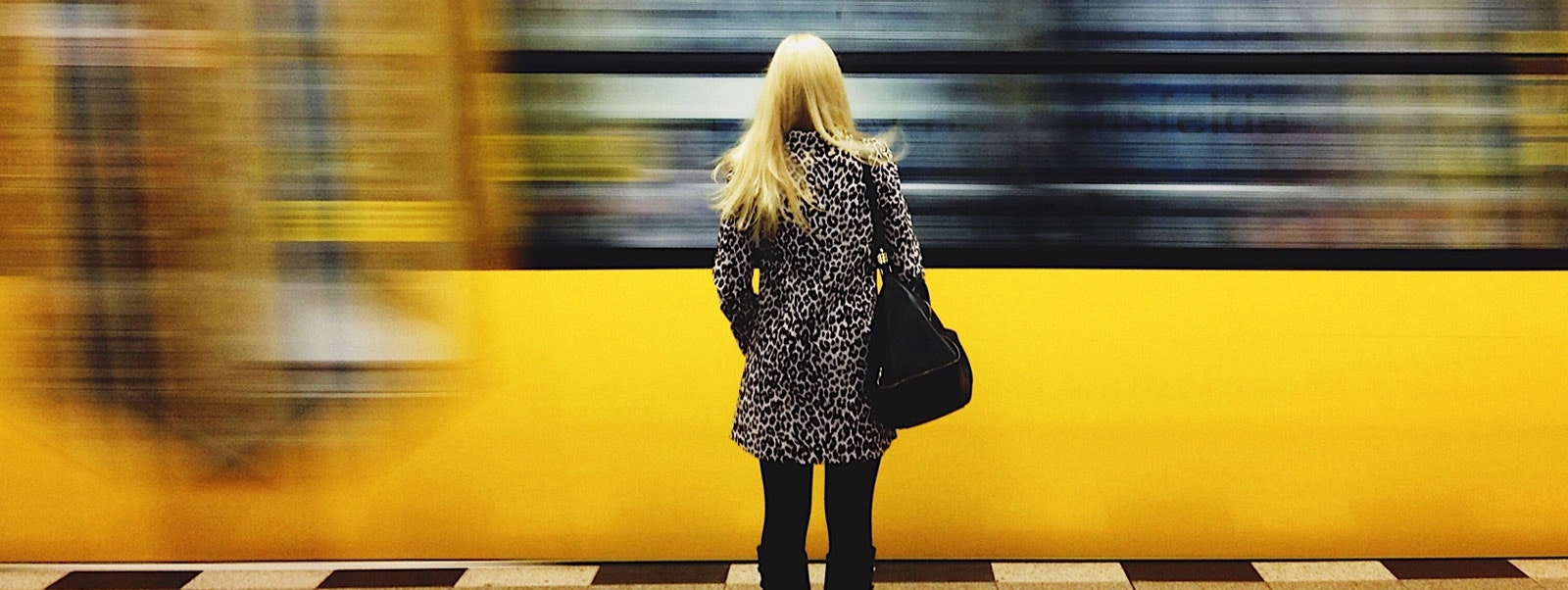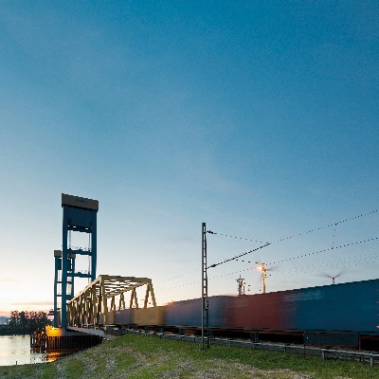By Jean Pierre Cresci, Kevin Smeets, and Laetitia Plisson
This article first ran in Forbes on September 24, 2019.
Railroads have always been part of the urban landscape — from the suburban stations where commuters board for their daily ride into town to the subways under the streets speeding people from one metro hotspot to the next. But urban mobility is changing rapidly with the influx of new travel modes and technologies that could potentially undermine the role of passenger rail and mass transit in cities.
Ridesharing is a harbinger of the challenge that lies ahead. Over the next decade, many cities will see the development of autonomous cars, drones, smart parking, and even an entire digitized, connected traffic management system. City planners need to anticipate how new mobility solutions will coexist with mass transit, not replace it. Moving forward, large cities will still need modern passenger rail to remain a central part of the urban mass transit mix — or suffer the consequences.
Why will rail be so important? First, cities are getting bigger. By 2050, there will be 30 percent more megacities — those with over 10 million inhabitants; many of these will be in developing countries. City residents and commuters in most major metropolitan areas have already been living with urban gridlock and the haze of atmospheric pollutants. Think of Beijing as one of the most dire situations, but there are many other cities suffering similar congestion and polluted air. Even with increased electrification of transportation to help reduce pollution, city streets simply don’t have enough capacity to absorb all the trips generated by people and products moving into and out of major cities each day.
Quick and efficient
Rail remains the quickest and most cost-effective transportation mode for moving large numbers of people. At average occupancy, a single heavy-rail commuter train can transport nine times as many people in one hour as one traffic lane of cars. One million riders on the busiest commuter rail line in Paris, the RER A, is equivalent to 28 city traffic lanes, which can be used to meet other needs.
There is also no room in most urban areas on which to build more roads anyway. In the densely populated urban area between and around Tokyo and Yokohama, Japan, 19 rail lines move four million people daily. To match that, road capacity would have to expand the equivalent of eight highway lanes in both directions between these two major cities. Besides the substantial expense, where would city planners put the additional roadway?
The second trend contributing to urban congestion is the explosion of e-commerce. Over the last decade, delivery trucks rushing to meet two-day, next-day, and same-day delivery schedules have increasingly clogged city streets. The new urgency of deliveries and the increased congestion from them has lengthened urban travel times and made streets more dangerous — with traffic fatalities worldwide on the rise. This is not to suggest that e-commerce should move its deliveries to rail — that wouldn’t be viable. It is a recognition that e-commerce is making the movement of people via road much more difficult and much less cost-effective.
Boxes everywhere
A third development that spells trouble for urban congestion is the rapid rise in both ride-hailing and the use of private cars since the global recession and the decline in gasoline prices. Despite the much-discussed millennial aversion to owning cars, the number of cars in many major cities is increasing, in part because of those owned or employed by ride-hailing companies.
The increase is beginning to eat into mass transit revenue as people choose car over subway or bus. In the United States, vehicle miles traveled in private cars have increased in every year since 2013. Simultaneously, study after study—including one by the ride-hailing industry—confirm that cars-on-demand are only helping to snarl city and suburban traffic, simultaneously compounding the pollution problem.
Many cities have tried to discourage the use of cars and car ownership—but not always successfully. Singapore has congestion pricing to discourage the use of cars and a deliberate policy of making car ownership very expensive. In 2018, the city announced a cap on the number of private cars because of the scarcity of land and to support the city’s commitment to public transport upgrades. As a result, Singapore has a significantly lower rate of car ownership than the US— 11 percent versus 80 percent—and Europe, which has a rate of about 50 percent. Perhaps not coincidentally, the city also boasts one of the best, most affordable public transit systems in the world.
Urban Commuting Transport Capacity And Relative Carbon Dioxide Emissions

Source: Oliver Wyman analysis
Earth friendly
Increasing the use of rail mass transit also could help large cities manage the multiplying demands made on streets. For instance, most major cities are facing pressure to create bus-only rapid transit lanes, e-bike and e-scooter lanes, and parcel delivery/rideshare drop-off lanes — requests that become more difficult and more expensive to fill when the traffic lanes are already overcrowded.
Of course, the most obvious reason to switch to rail is the prospect of reducing greenhouse gas emissions. Depending on the type of train, rail emits anywhere from 30 percent to 70 percent less carbon dioxide than conventional cars — and even less than electric cars.
For rail to maintain its dominant role in urban mobility for large cities, it will need to become more fully integrated with other transport modes. This means, for example, making over urban train stations into smart multimodal hubs, able to add physical connections quickly as mobility evolves. These hubs might include boarding points for on-demand and autonomous buses and cars, e-bike and e-scooter parking, and roof spaces for advanced vertical takeoff and landing aircraft.
Rail emits anywhere from 30 percent to 70 percent less carbon dioxide than conventional cars—and even less than electric cars
Digitally integrated hubs
Rail also must be digitally integrated through station upgrades and mobility apps that focus on the user experience, such as those that provide real-time information on connections and on-demand first-mile/last-mile transport options. Digital technology will not only help commuters plan and execute multimodal journeys but also ease operational constraints that affect commuters.
And urban commuters are likely to be appreciative. Oliver Wyman's research on mobility has shown that 92 percent of car drivers would willingly switch to public transportation — if they were guaranteed access to “smart mobility” services that make their time commuting useful and enjoyable.
London is one example of a concerted effort to improve urban rail integration. Train stations there have been renovated to offer multimodal connectivity and a wide range of commercial and leisure services. And Transport for London, an integrated transport authority, is supporting open data exchange to ensure efficient and balanced public transport services and to soften the impact of disruptions. Its website becomes a one-stop shop for the city’s mass transit.
Easy pay
Ease of payment — expanding the common “metro card” for commuting from Point A to Point B — is the final leg of integration. Hong Kong commuters, for example, can use the Octopus smart card to pay for public transport, taxis, parking, shopping, and even as a key card to access office and residential buildings.
Urban mobility is undergoing an unprecedented evolution. Ensuring that rail remains the vital link connecting commuters to city streets will require operators and cities to invest in station upgrades and to partner with technology startups. The goal must be to develop integrated and interconnected mobility solutions with passenger rail as the centerpiece.








